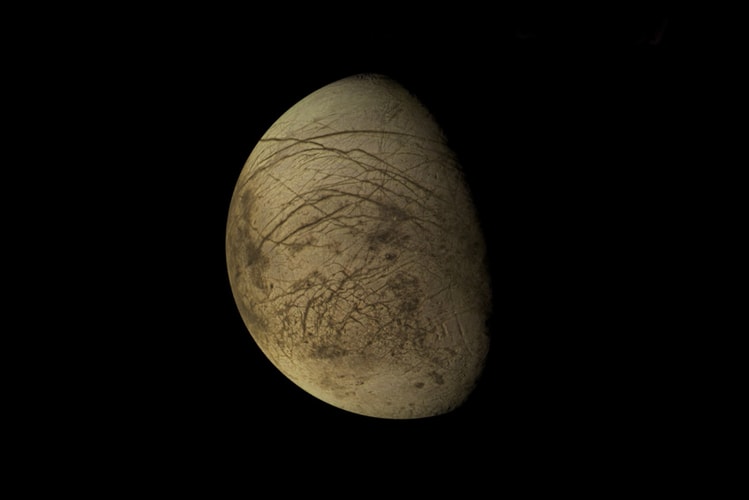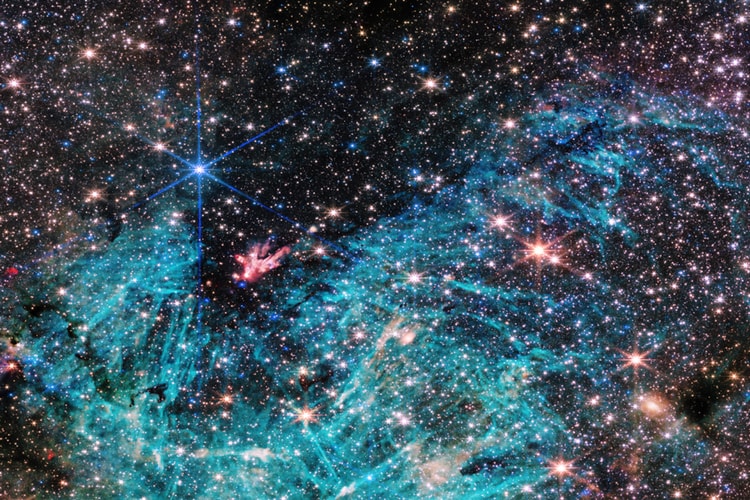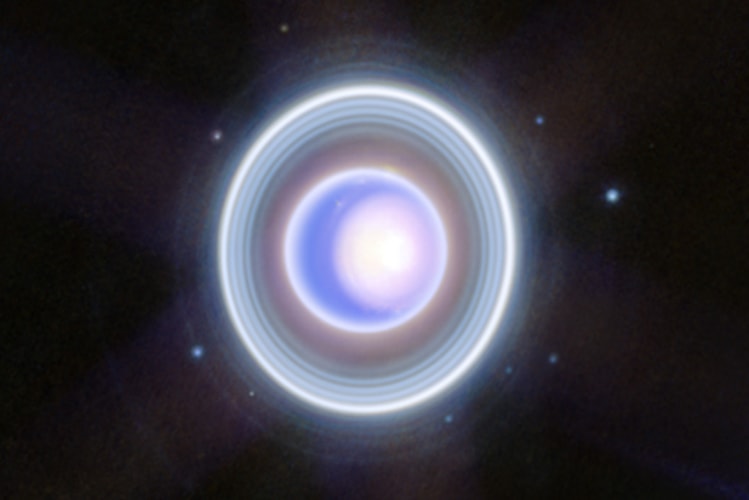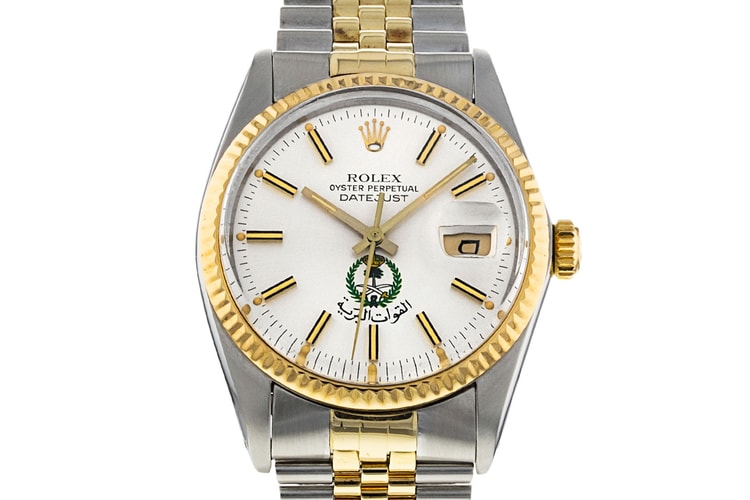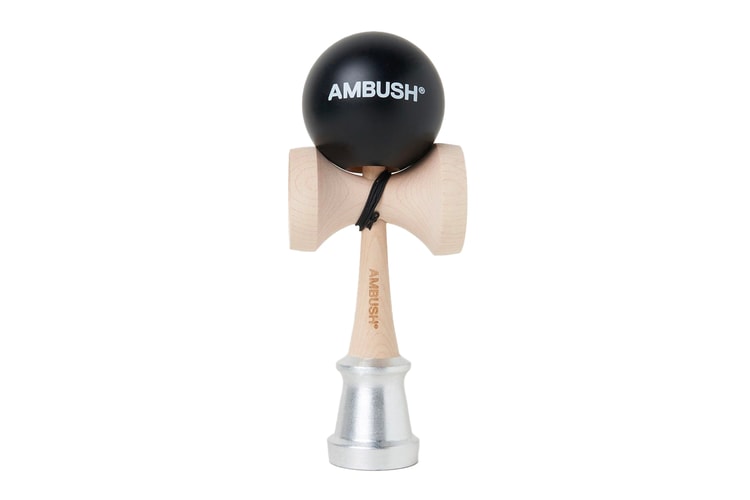NASA Shares Image Of Dazzling 'Necklace Nebula' That Looks Like Cosmic Diamonds
Appropriately named for its glamorous appearance.
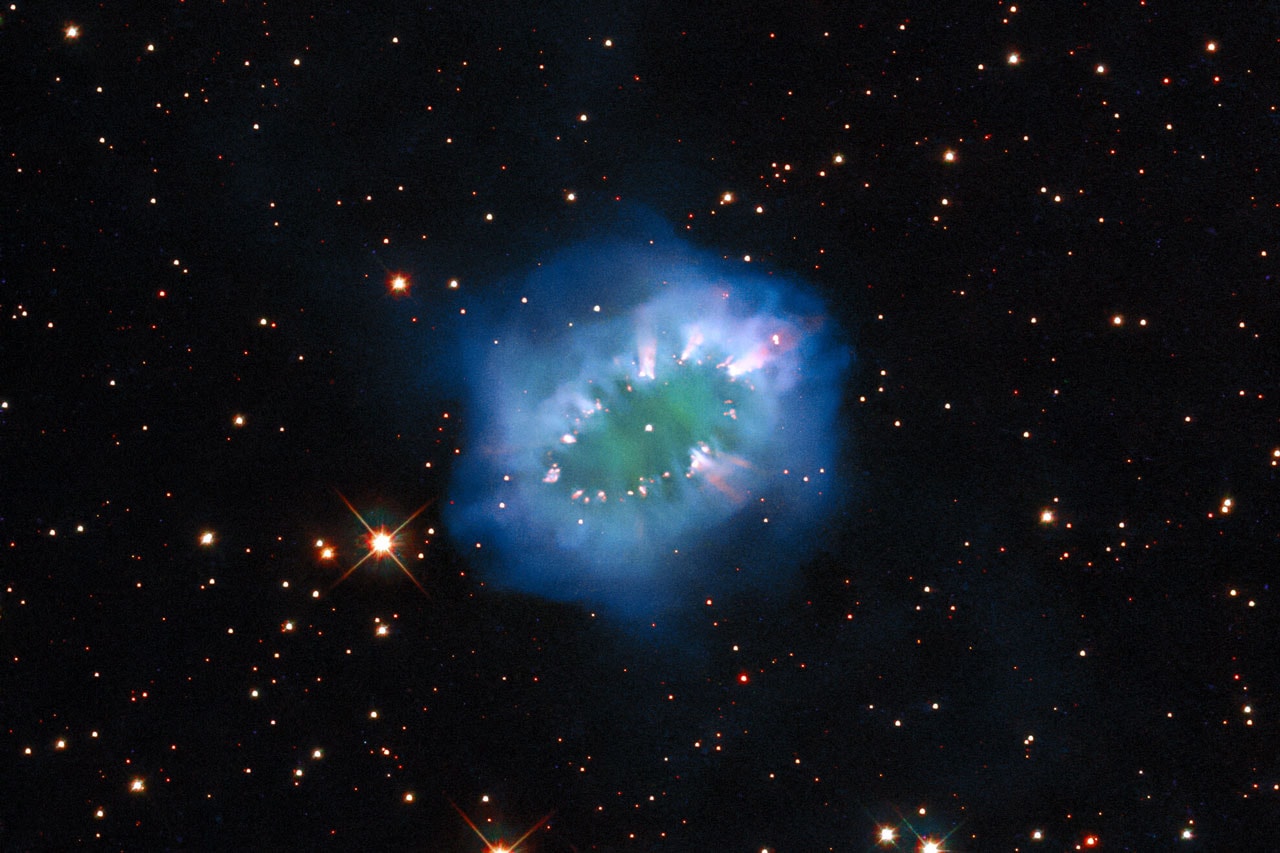
The Hubble Space Telescope captured new images of the Necklace Nebula, a dazzling cluster of stellar bodies which the European Space Agency (ESA) describes as “a diamond necklace of cosmic proportions.”
Born out of the interaction between two doomed stars, the intergalactic sight-to-see is located about 15,000 light-years away from Earth in the Sagitta Constellation. Appropriately named for its glamorous appearance, the Necklace Nebula formed its unique structure roughly 10,000 years ago, when an aging star widened and absorbed a smaller, neighboring star, producing what astronomers refer to as a “common envelope.” Bright, tightly packed gas clumps compose the diamond-like ring of debris, also known by its scientific name PN G054.203.4.
“The pair of stars which created the Necklace Nebula remain so close together – separated by only several million miles – that they appear as a single bright dot in the center of this image. Despite their close encounter, the stars are still furiously whirling around each other, completing an orbit in just over a day,” the ESA wrote in its press release on Friday.
Posting the image to Twitter, Hubble wrote, “We’re starry-eyed by this diamond necklace of cosmic proportions!”
🤩 We’re starry-eyed by this diamond necklace of cosmic proportions!
The Necklace Nebula is about 15,000 light-years away, and is located in the small, dim constellation of Sagitta.
Find out more about this #HubbleFriday image: https://t.co/aCpvYXvX69 pic.twitter.com/sJYJObLmiG
— Hubble (@NASAHubble) April 30, 2021
Hubble previously released an image of the Necklace Nebula in 2011, but the latest picture utilizes advanced processing methods — specifically, combining several exposures from Hubble’s Wide Field Camera 3 into one composite image — to offer an updated and improved look at the spectacular cluster.
In case you missed it, NASA just launched a pre-emptive, five-day simulation exercise in preparation for potential asteroid impact the Earth may experience in the future.

